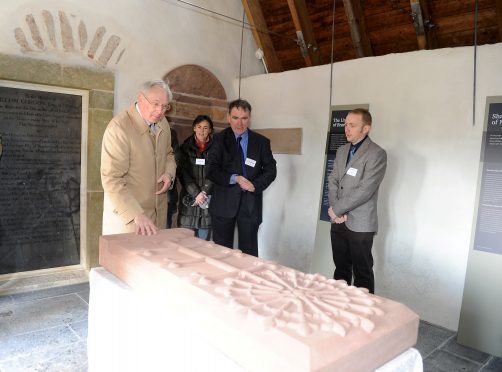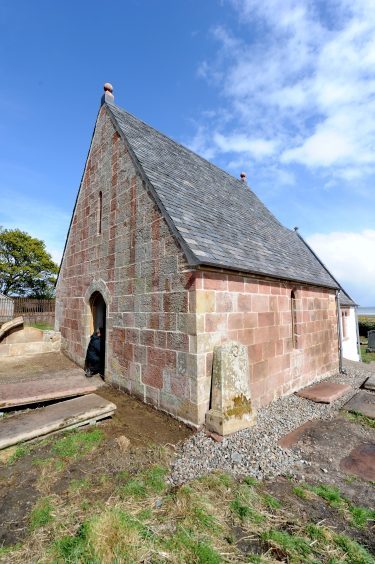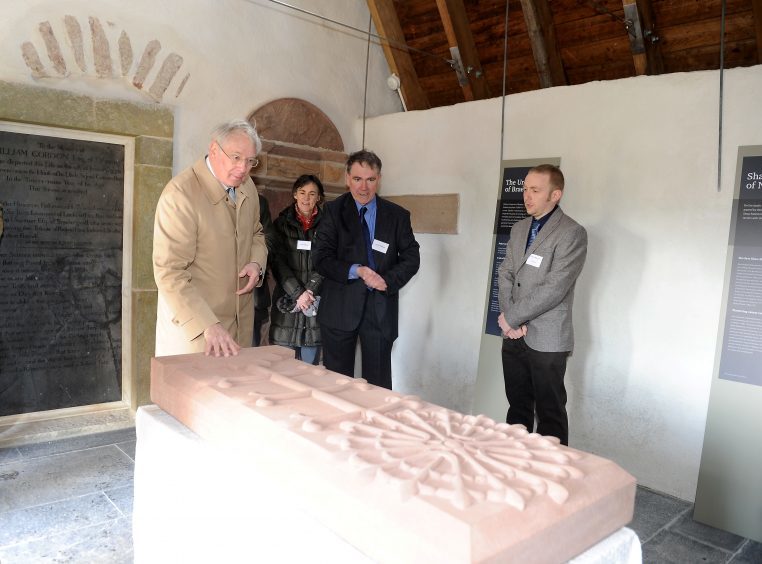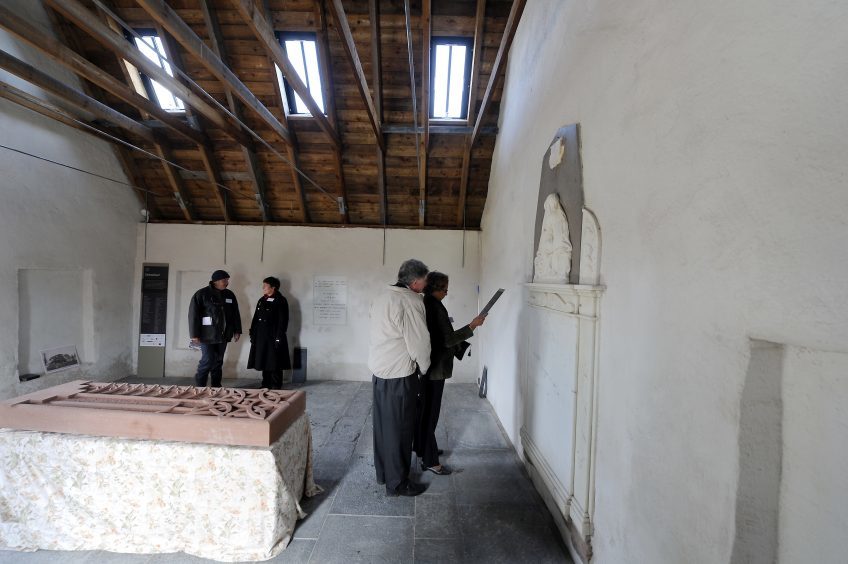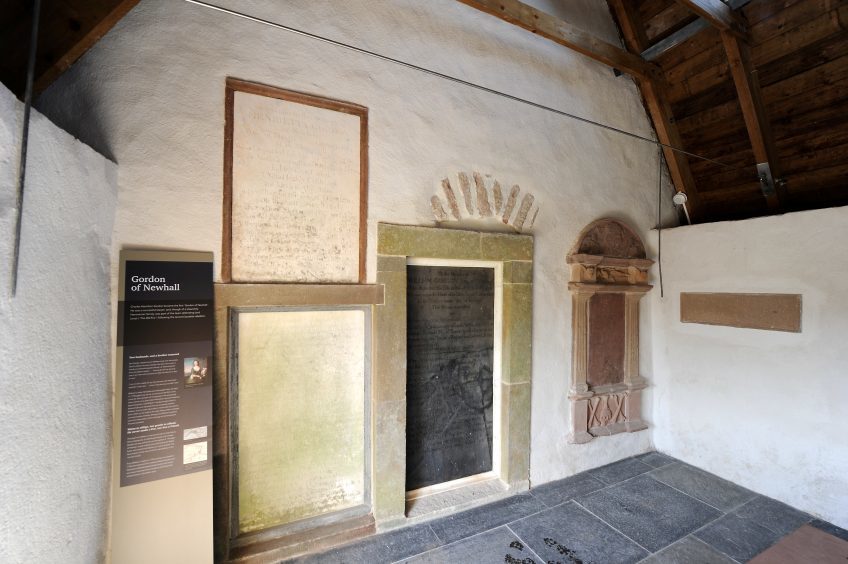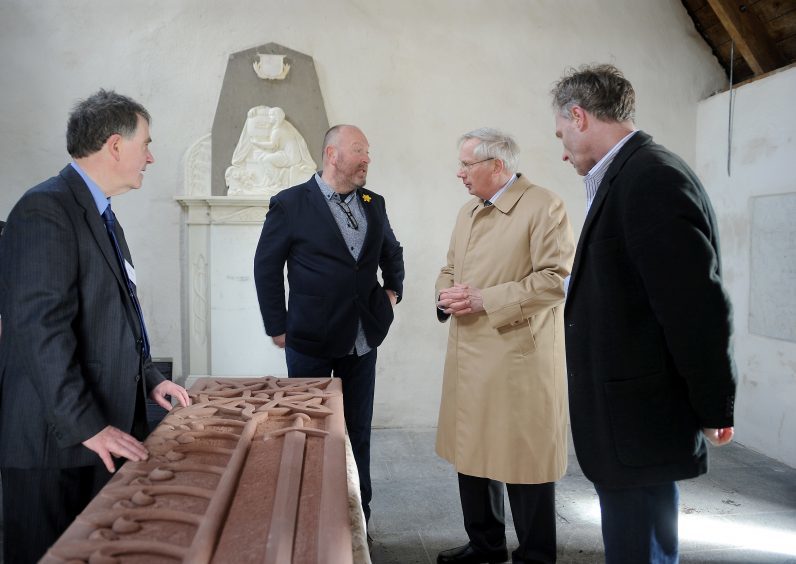A Black Isle community has celebrated getting its own “treasure” back after saving a medieval church from “the point of no return”.
Six centuries of history at Kirkmichael, near Balblair, have been brought back to life following a “mammoth struggle” from local residents over two decades to achieve their £750,000 dream.
The building dates back to the 1400s but had fallen into a dangerous state of disrepair, culminating in the collapse of its roof in 2012.
Between 2000 and 2002, members of Resolis Community Council decided to take the matter into their own hands and formed the Kirkmichael Trust to spearhead efforts to save the historic site.
Now, as the work nears completion, security fencing at the kirkyard has been taken down for the first time in 15 years, and a new exhibition of local medieval tombstones will go on display in the building from next month.
Trust chairman Jim Mackay yesterday gave the Duke of Gloucester, a member of the Royal Family, a guided tour of the restored buildings.
Mr Mackay said: “For 20 years now we’ve been raising money to restore the medieval building at Kirkmichael.
“It has been a mammoth struggle to get the funding together. It cost about £750,000 and we eventually got full funding.
“Masses of it came from small-scale donations from local people, international people, as well as from the Heritage Lottery Fund, Historic Environment Scotland, Highland Council, Highlands and Islands Enterprise and the Robertson Trust.”
The church was built in the Middle Ages and after the Reformation, the nave was adapted for use as a protestant kirk, whilst the chancel became the Braelangwell Mausoleum.
Kirkmichael continued as a kirk until 1769.
Mr Mackay, an author and local historian, said: “The community has been given its own treasure back to them. This is something that would never have happened if the community hadn’t resolved to save a building that some said was past the point of no return.
“It’s not complete yet but when it is complete in the next couple of weeks we will have an exhibition of national importance of the ornate medieval stones.
“They are probably the most important artworks in the area but they are not known about.”
